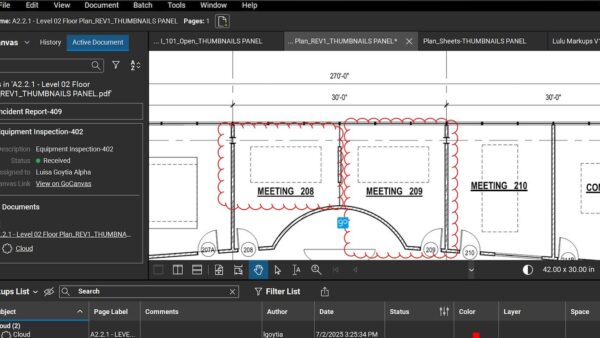Wambia Waigwa, an engineer at Kenyan IT consultancy CADtech, gives his view on BIM adoption in Kenya and east Africa.
BIM in Kenya is still very much associated with software and especially with Autodesk’s Revit. I think this is because Autodesk is attempting to make the industry aware of BIM as they are trying to push the adoption of Revit. Kenya, and indeed most of east Africa, is still dominated by Graphisoft Archicad, so one can understand the approach taken by Autodesk.
No institution that I am aware of is offering BIM courses or even training that includes BIM as a topic. Our company CADtech has taken it upon itself to educate students briefly on the origin, evolution, and levels of BIM, along with the advantages and general worldwide trends associated with BIM. I have personally been making sure that I am up to date on the BIM mandate in the UK and am learning a lot from what is happening in the UK.
It is very unlikely that the BIM agenda will be set by the government here. I foresee it being guided by the industry and private developers and especially those companies that are from regions where BIM is gradually becoming a way of life.
Case in point: there is an American developer that is currently constructing a factory in Kenya and it has set a requirement that all the consultants work with Revit. Keep in mind that currently it is normal for the architect to use ArchiCAD then share 2D drawings with MEP and structural engineers. The structural firm that won the job has started doing their design using Revit and Robot structural analysis and this is what has given them the opportunity to be part of the project and gain experience.
I believe the trend of developers demanding the use of Revit will become the norm here and this will push BIM adoption within this region. This situation will allow for young firms that are willing to adopt new technology and ways of working quicker, to take advantage and compete with older more experienced firms that refuse to change their design process.
There is also potential for BIM consultants that will be needed to offer training and hand-holding to firms that are willing to start changing their ways. They can also offer BIM modelling services for energy analysis and sun path analysis, MEP and structural modelling for clash detection and cost analysis.
However, I am not sure there is a market for BIM objects and product data templates as we import most of the construction items from China.
Personally I am proud of the effort that we have made as a company in training students about BIM. It is beginning to bear fruit and the acronym BIM is no longer strange to the 400 or so students from universities that have gone through our training course.

It is very unlikely that the BIM agenda will be set by the government here. I foresee it being guided by the industry and private developers and especially those companies that are from regions where BIM is gradually becoming a way of life.– Wambia Waigwa, CADtech














